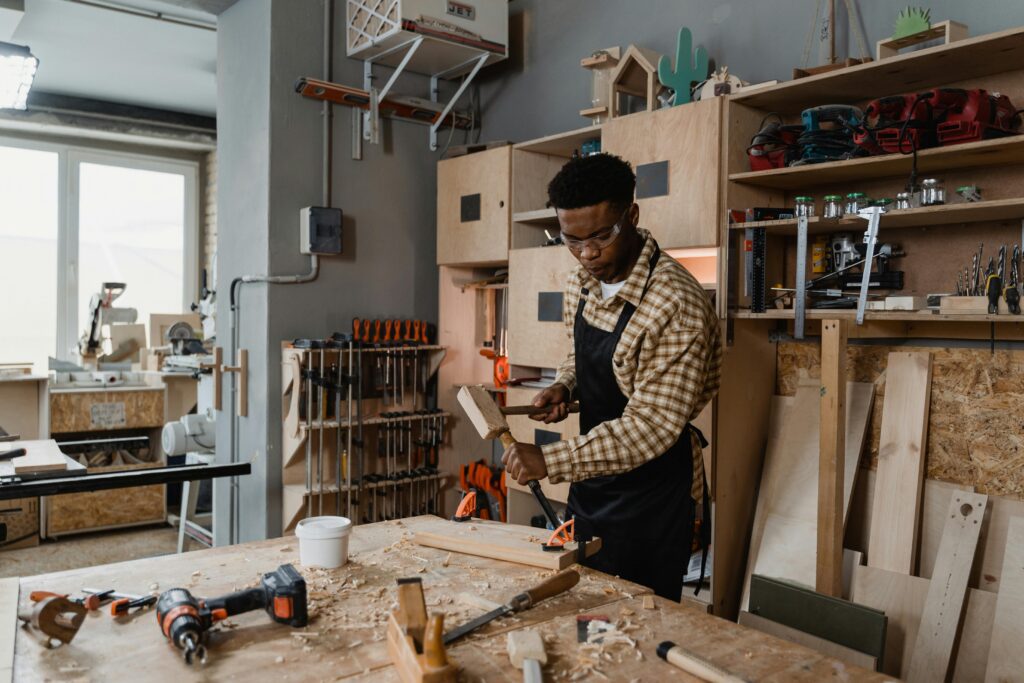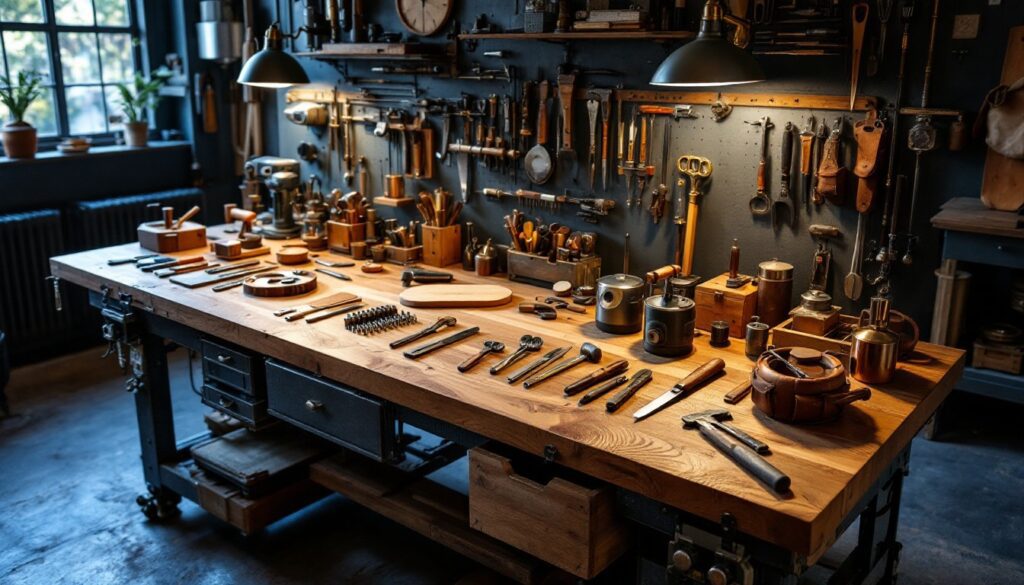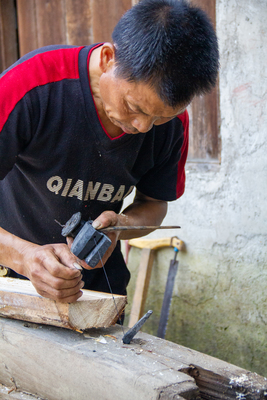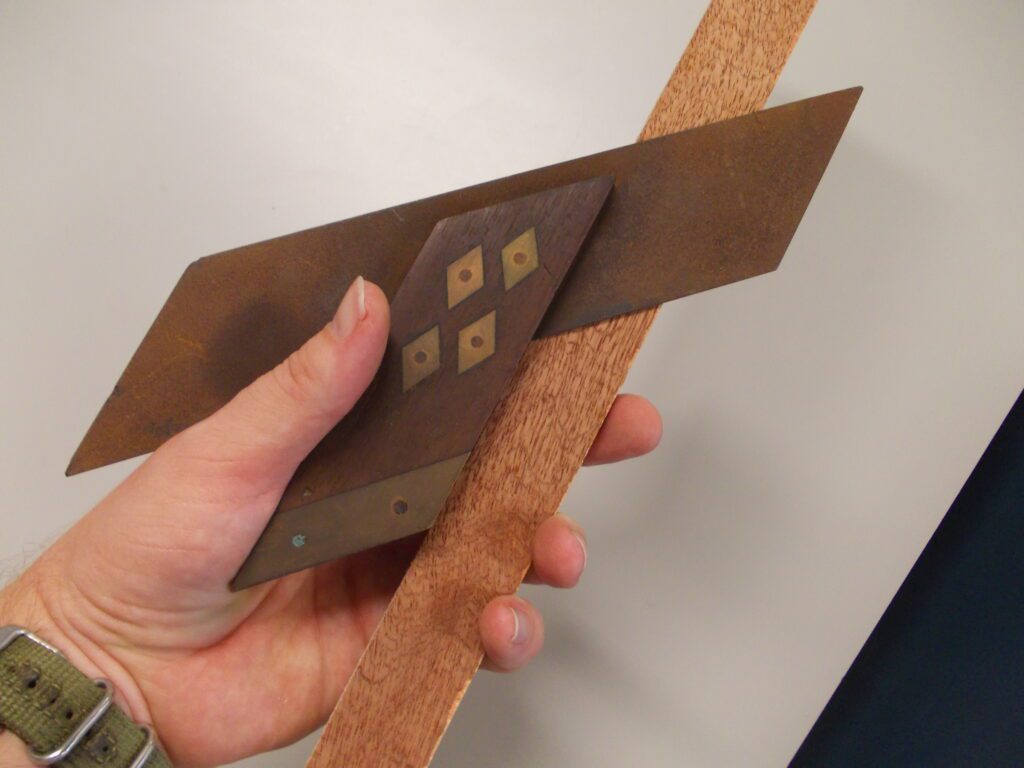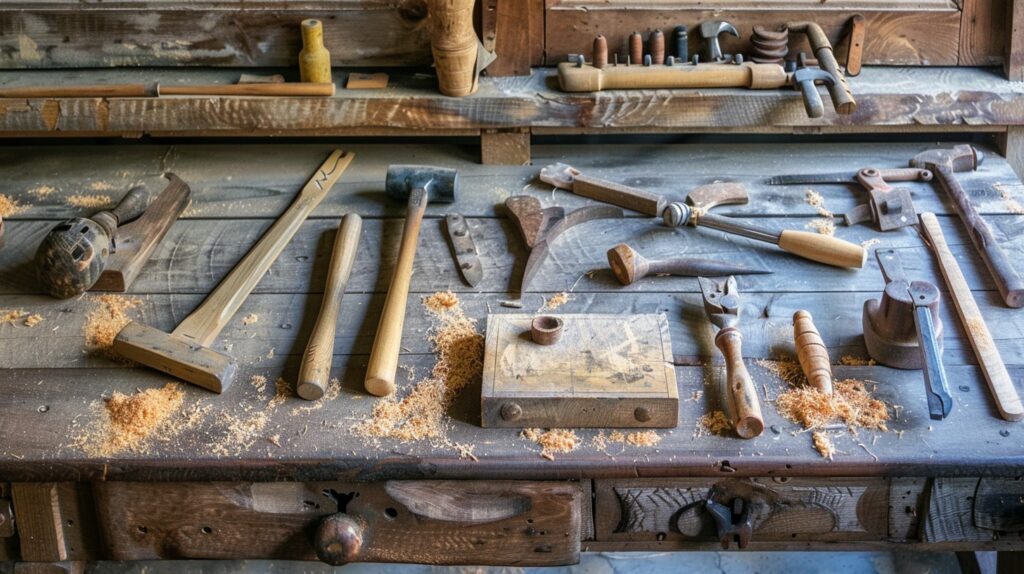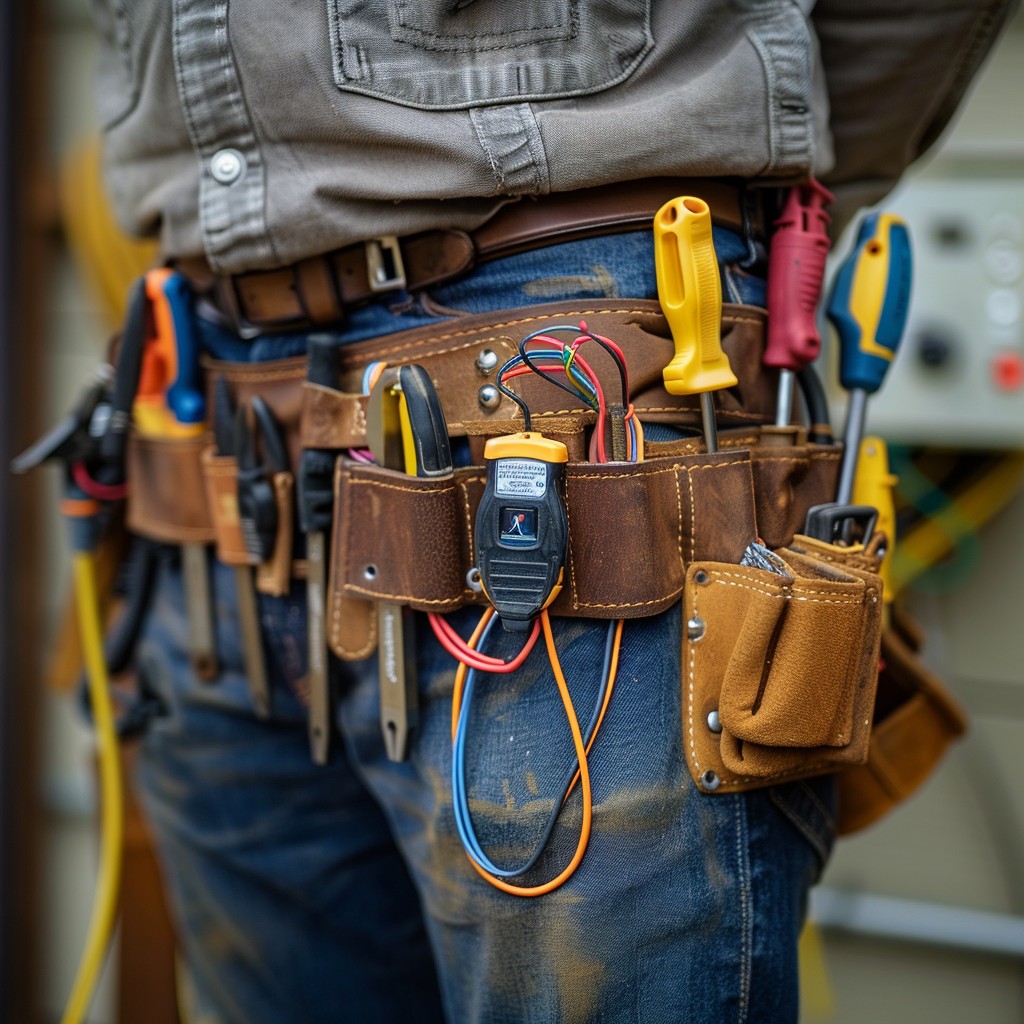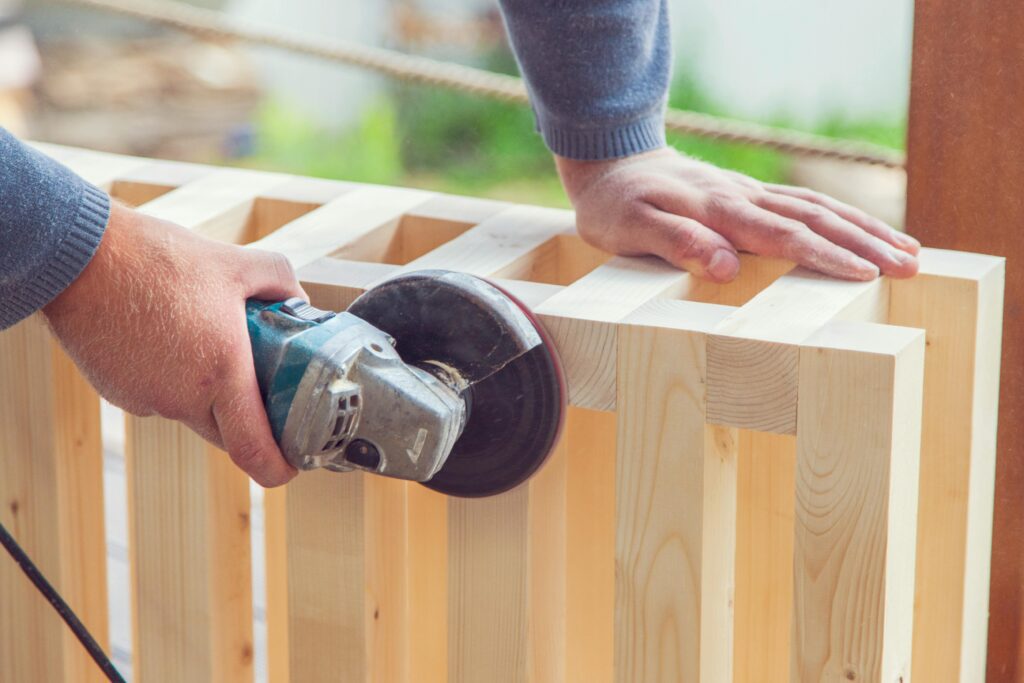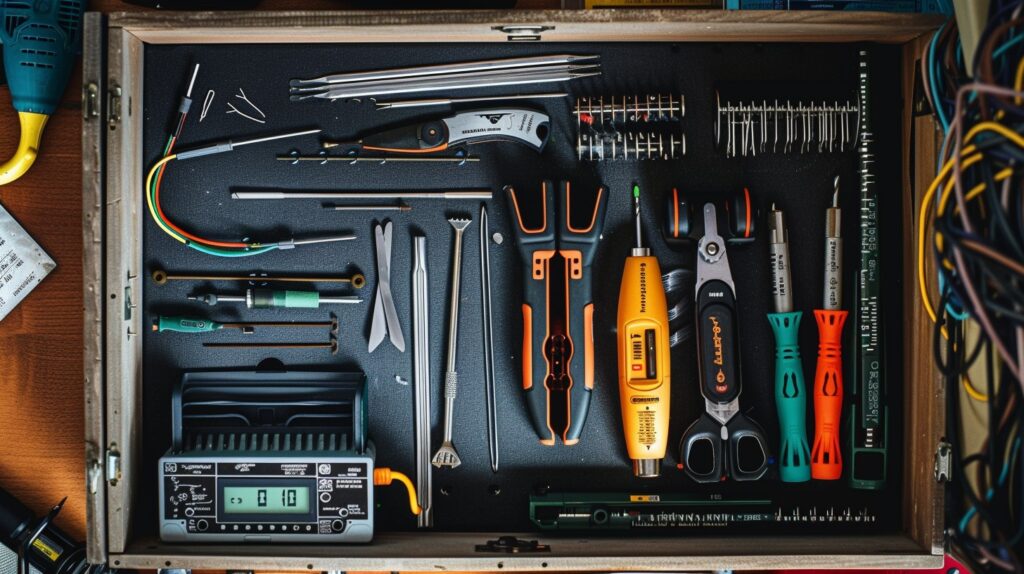Essential Guide: How Carpentry Clamps Transform Your Woodworking Projects
Discover how professional carpentry clamps can elevate your craftsmanship from amateur to exceptional in ways you never imagined. Understanding the Foundation: Basic Clamp Types Every Woodworker Needs In today’s woodworking landscape, where precision and efficiency are paramount, mastering the use of carpentry clamps has become increasingly crucial. Recent industry surveys indicate that over 85% of professional woodworkers consider clamps among their most essential tools. Understanding the fundamental types of clamps and their applications can significantly impact the quality of your woodworking projects. The proper selection and use of clamps can mean the difference between a mediocre finish and professional-grade results that stand the test of time. Bar and F-Clamps: Your Versatile Workhorses Bar and F-clamps form the backbone of any serious woodworking operation, offering unmatched versatility and strength. These fundamental tools have evolved significantly, with modern versions featuring up to 40% more clamping pressure than their predecessors. Bar clamps, characterised by their long beam and adjustable jaw, excel in large-scale projects where consistent pressure is crucial. F-clamps, known for their robust construction and deep throat, provide exceptional stability for various applications. Bar Clamps: Ideal for large panels and extensive glue-ups, spanning lengths from 30cm to 3m F-Clamps: Perfect for medium-sized projects, offering superior strength-to-weight ratio Quick-Release Mechanisms: Modern designs allow for rapid adjustments and positioning Variable Pressure Settings: Enable precise control for different wood types and applications Face and Parallel Jaw Clamps: Achieving Perfect Pressure Face and parallel jaw clamps represent the pinnacle of precision in woodworking. These specialised tools ensure perfectly even pressure distribution, crucial for professional-grade joints and assemblies. Modern parallel jaw clamps feature innovative anti-slip mechanisms and pressure indicators, allowing craftsmen to achieve consistent results across multiple projects. Parallel Alignment: Ensures perfectly square assemblies every time Even Pressure Distribution: Prevents warping and joint failure Built-in Pressure Gauges: Available on premium models for precise control Non-marring Faces: Protect delicate wood surfaces during clamping Specialized Clamping Solutions for Professional Results The evolution of woodworking techniques has led to the development of highly specialised clamping solutions. Current market analysis shows that specialised clamps can reduce assembly time by up to 40% while improving accuracy. These purpose-built tools address specific challenges in modern woodworking, from complex angles to irregular shapes. Corner and Right-Angle Clamps: Perfect 90-Degree Joints Every Time Corner and right-angle clamps have revolutionised the way professionals approach frame construction and cabinet assembly. These precision tools ensure perfect 90-degree angles consistently, with modern versions featuring self-adjusting mechanisms and digital angle readings for unprecedented accuracy. Auto-Squaring Features: Guarantees perfect right angles without manual adjustment Multiple Clamping Points: Provides superior stability during assembly Quick-Release Mechanisms: Enables rapid workflow transitions Compatible with Various Materials: Works with both solid wood and engineered products Quick-Action and Toggle Clamps: Efficiency in Action In today’s fast-paced woodworking environment, quick-action and toggle clamps have become indispensable tools for efficient production. These innovative devices offer instant clamping with up to 250kg of holding force, dramatically reducing setup times while maintaining professional standards. Advanced Clamping Techniques and Applications Mastering advanced clamping techniques can transform good craftsmanship into exceptional workmanship. Recent studies indicate that proper clamping techniques can increase joint strength by up to 60% compared to inadequately clamped assemblies. Understanding and implementing these advanced methods is crucial for achieving professional results consistently. Edge and Band Clamp Applications Edge and band clamps have revolutionised the way professionals handle irregular shapes and complex glue-ups. These specialised tools enable craftsmen to tackle challenging projects with confidence, offering solutions for everything from curved surfaces to multi-sided assemblies. Adjustable Tension Systems: Enables precise pressure control for delicate operations Flexible Band Applications: Perfect for circular and irregular shapes Multi-Point Clamping: Ensures even pressure distribution across entire surfaces Quick-Change Accessories: Adapts to various project requirements Workshop Organization and Clamp Management Efficient clamp management can significantly impact workshop productivity. Modern workshops implementing organised storage solutions report up to 30% improvement in project completion times. A well-planned clamp storage system ensures tools are readily available and properly maintained. Maximizing Your Investment: Care and Maintenance Proper care and maintenance of carpentry clamps is crucial for ensuring long-term reliability and performance. Professional workshops that implement regular maintenance schedules report up to 40% longer tool life compared to those without structured care protocols. Regular cleaning, lubrication, and proper storage are essential aspects of clamp maintenance that directly impact their functionality and longevity. From Amateur to Professional: Putting It All Together The journey from amateur to professional woodworking status often hinges on mastering the proper use and application of carpentry clamps. By implementing the techniques and tools discussed in this guide, craftsmen can achieve professional-grade results consistently. Remember that investing in quality clamps and maintaining them properly is not just about having the right tools – it’s about elevating your craftsmanship to new heights and ensuring every project meets the highest standards of excellence. FAQ What is a C-clamp in carpentry? A C-clamp or G-clamp or G-cramp is a type of clamp device typically used to hold a wood or metal workpiece, and often used in, but are not limited to, carpentry and welding. How to use wood clamps for beginners? And join one piece to another. And using your pocket hole clamp hold your joint in place screw in the neighboring hole remove the clamp. And screw in the other hole. What is a 3-way edging clamp used for? Lb. As the name suggests. This tool was designed for working on edging. Sources [1] https://www.kregtool.com/shop/clamping/clamps/ [2] https://igmtools.com/articles/complete-guide-to-clamps-for-wood/ [3] https://www.woodcraft.com/collections/woodworking-clamps-and-vises

